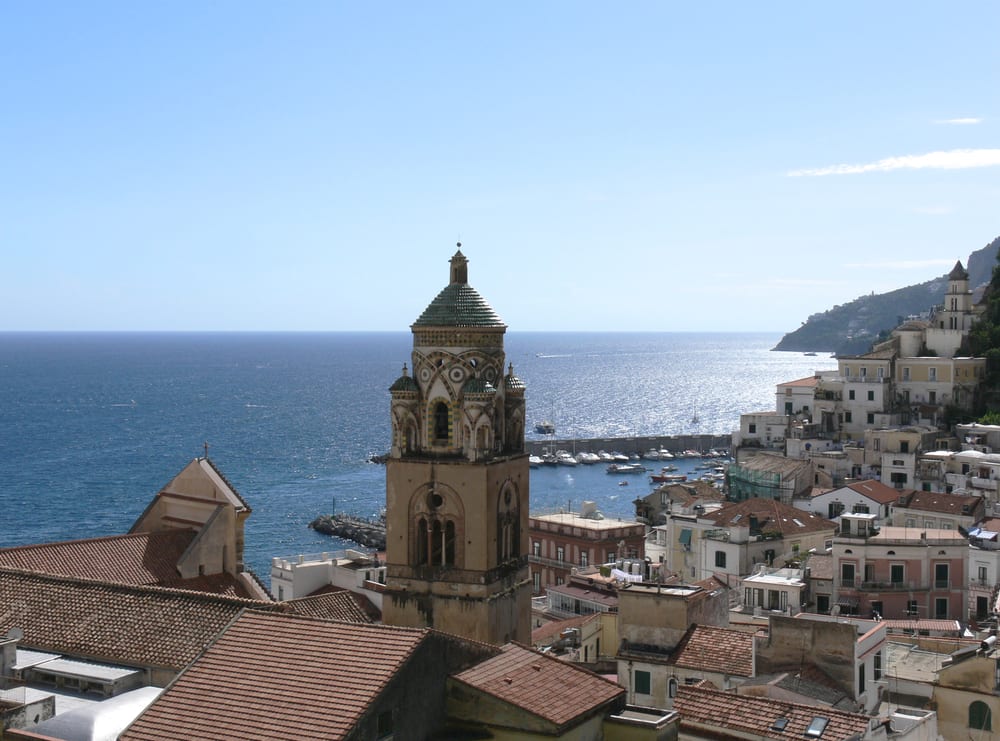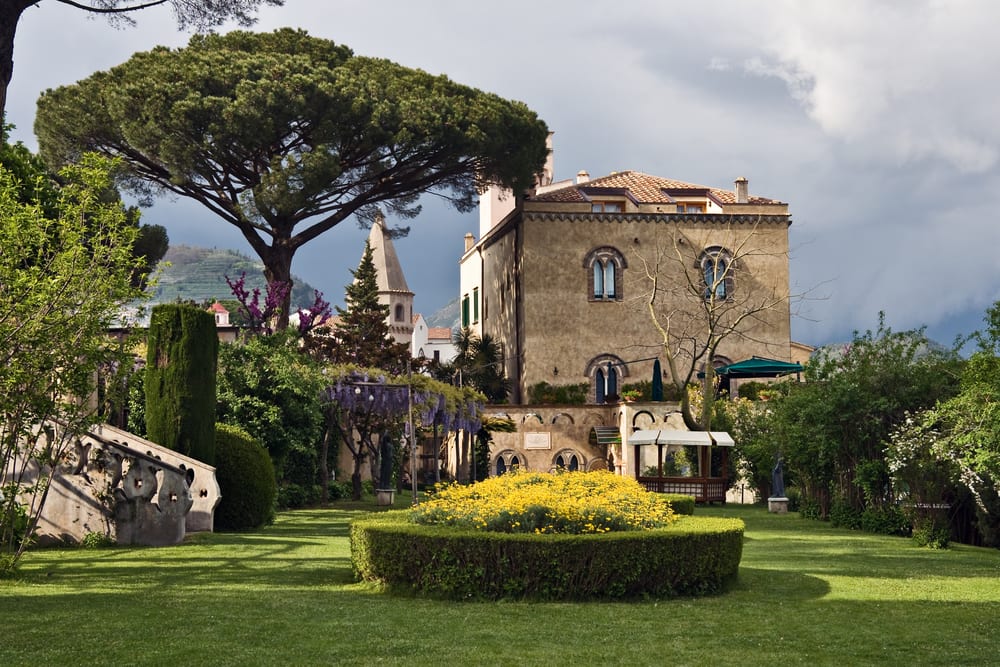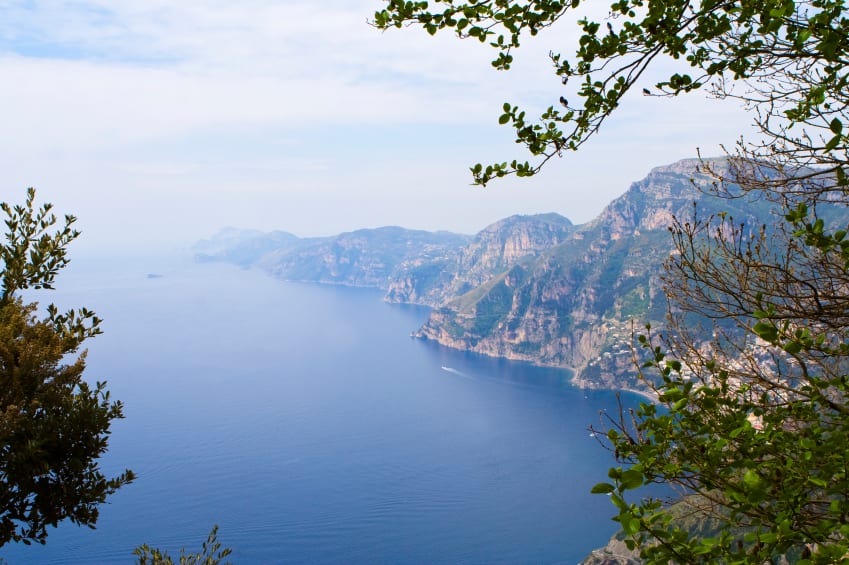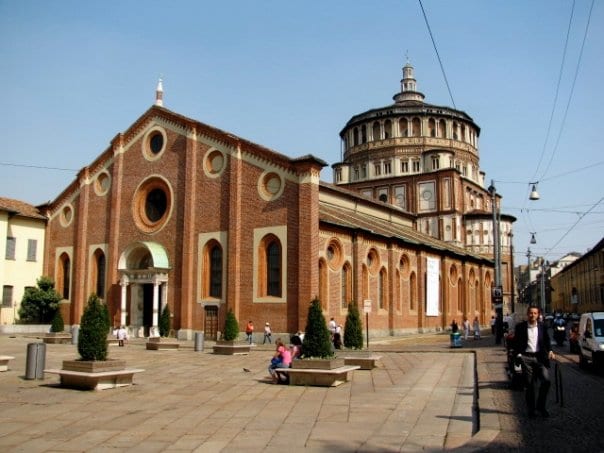Great visit when near Venice
Travel Planning and guide to adventures in Italy. Exploring the regions of Italy and off the beaten path travel interests that are COVID safe, eco friendly, and presents local history, culture, food and wine. For more detailed travel information and assistance in planning your Italian active vacation go to 'www.italiaoutdoors.com'. With over 20 years of experience helping people plan, coordinate, and enjoy private group trips, family adventures, and couple or individual guided and self guided
5 Things To Do Along The Amalfi Coast

Visiting the Amalfi coast of Italy? It’s quite a long and spectacular
stretch of Mediterranean coastline, so figuring out where to go and
what to see can be a little overwhelming.
Everyone has favorite towns along the Amalfi coast (whether Amalfi or
Positano, Ravello or Salerno). Where you choose to stay and spend your
time depends on what you’re looking for. But as far as specific sights and attractions go, here are five suggestions.
Villa Cimbrone, Ravello
 |
| Ravello’s Villa Cimbrone, a top sight on the Amalfi coast |
But within Ravello, one of our favorite attractions is the Villa Cimbrone; dating back to the 11th century, the villa, now a hotel, has gorgeous gardens that are open to the public. We promise, you haven’t seen views like this before.
Duomo, Amalfi Town
 |
| The Duomo of Amalfi |
Most visitors to Amalfi Town pay a visit to the town’s towering
Duomo—and with reason. The cathedral purportedly has the remains of St.
Andrew the Apostle, which were brought to Amalfi from Constantinople
during the Crusades. Regardless of whether you believe in the relics’
origins, the cathedral is a must-see. Don’t miss its elaborate bronze
doors, cast in Constantinople in the 11th century, or the 9th-century
Basilica of the Crucifix next door.
Spiaggia di Laurito, Positano
Forget what you’ve heard about the Amalfi coast’s beautiful beaches:
Because the coastline here is steep and rocky, the town beaches tend to
be tiny, packed, and not that nice. Enter Spiaggia di Laurito, a hidden
gem located 2 miles from the center of Positano. Yes, the beach is still
tiny, and rocky. But it’s a cove, so well-protected, and much less
crowded than the central town beaches. Plus, it’s beautiful. And Da
Adolfo, the restaurant here, is excellent.
You can get to the beach by boat or by bus. The shuttle boat leaves
from Positano’s main port. Be warned that by bus, it’s a steep hike
down, and therefore also back up, from the stop to the beach.
Castello di Arechi, Salerno
 |
| Salerno’s medieval Arechi castle |
Sentiero degli Dei, Amalfi coast
 |
| Sentiero degli Dei, or “God’s Trail,” on the Amalfi coast |
Indoor Climbing Gyms in Italy, A Starter List
During the winter season you may be traveling in Italy and want to visit a indoor climbing gym. Here is a starter list of gyms throughout Italy. To find more Indoor Gyms Italy.
| |||||||||||||||||||||||||||||||||||||||||||||||||||||||||||||||||||||||||||||||||||||||||||||||||||||||||||||||||||||||||||||||||||||||||||||||||||||||||||||||||||||||||||||||||||||||||||||||||||||||||||||||||||||||||||||||||||||||||||||||||||||||||||||||||||||||||||||||||||||||||||||||||||||||||||||||||||||||||||||||||||||||||||||||||||||||||||||||||||||||||||||||||||||||||||||||||||||||||||||||||||||||||||||||||||||||||||||||||||||||||||||||||||||||||||||||||||||||||||||||||||||||||||||||||||||||||||||||||||||||||||||||||||||||||||||||||||||
Milan’s Last Supper How To See
Milan’s Last Supper How To See
You cannot visit Milan without visiting Leonardo Da Vinci’s Last Supper, one of the world’s most renowned works of art. Admiring this masterpiece is a unique experiene, but it’s not something you can do last-minute!
There are 4 things you should know before planning your trip to the Last Supper in Milan!
The Last Supper isn’t in a museum, but a church…
The Last Supper is not located in a
museum: It’s in the Santa Maria delle Grazie church and convent. The
work (located in the dining room!) was commissioned by Ludovico Sforza,
Duke of Milan, and was believed to be completed between 1495 – 1498.
Getting to Santa Maria delle Grazie is easy! Take the red
MM1 subway line to the Conciliazione stop or the green MM2 to
Cadorna,where you will see directions for the “Cenacolo Vinciano.” From
there, follow the populated Corso Magenta street to the Santa Maria
delle Grazie church. The Last Supper can also be reached from the Stazione
Centrale (Central Station) with five stops on the green line, or by a
20-minute walk from the Duomo.
The Last Supper is a painting, not a fresco…
Da Vinci painted the large 15ft-by-29ft piece directly on drywall.
That means it’s technically not a fresco (which would be painted on wet
plaster).
Da Vinci took the unique step of laying pitch, gesso and mastic on
the wall, then painting with tempera over the painting. This a method that meant the
painting started decaying within years of being finished.
You have to buy Last Supper tickets in advance…
Nope, you can’t just stroll in to see the Last Supper: Instead,
tickets must be reserved. Ticket dates are released approximately four
months in advance and can be purchased online or by phone at +39 0292 800360. The cost is 6.50 euro, plus a 1.50 euro service charge.
Appointments can be scheduled Tuesday to Sunday from 8:15am to
6:45pm. It is highly suggest booking as early as possible to guarantee
admittance to one of history’s most important works of art! And if
you’re booking last minute or can’t find tickets for your desired date,
there may be a chance at organizing a visit! We suggest periodically
checking the website or calling the hotline to snag tickets from a
canceled group or individual reservations. Tickets are sometimes for
sale the same morning by waiting in line before the first appointment at
8:15AM, but are rarely available.
You have only 15 minutes to admire Da Vinci’s work.
No matter how far in advance you book, you’ll still
have only 15 minutes in front of the painting. That’s not much when it
comes to observing one of the Renaissance’s most famous works (not to
mention one that has launched countless conspiracy theories, movies, and
novels!).
To make the most of your time, consider booking a private tour, which
lets you experience the painting with an art history expert to bring it
to life. And whether you go with a guide or not, make sure to arrive at
least 10 minutes prior to your scheduled time (any late visitors will
not be allowed entrance!).
Also, remember that large bags are not permitted in the museum area
of the church and appropriate clothing (shoulders and knees covered)
should be worn during the visit. Photographs are strictly forbidden to
preserve the delicate painting.
Subscribe to:
Comments (Atom)


















.jpg)














